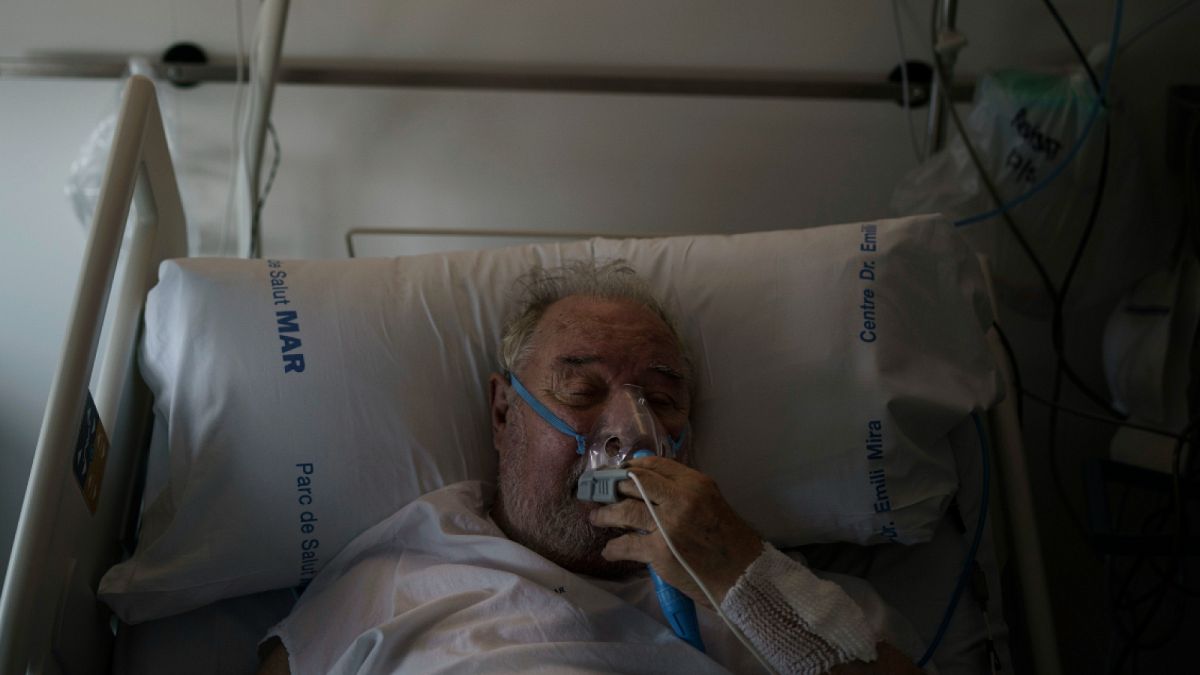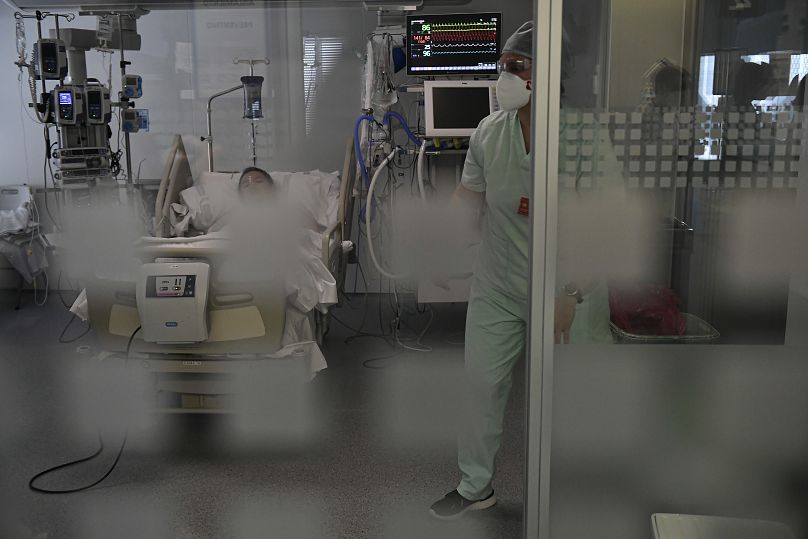A Spanish research team has found a correlation between high ambient temperatures and the number of patient deaths during the summer months compared to winter.
A new study has found that rising temperatures could be responsible for more respiratory-related deaths among patients in summer rather than winter, according to research carried out by the Barcelona Institute for Global Health (ISGlobal).
The research team analysed the association between ambient temperature and hospital mortality from respiratory diseases in Madrid and Barcelona between 2006 and 2019, from a sample of 1.7 million hospital admissions.
The results, published in The Lancet, showed that the number of hospital admissions in both provinces was highest during the winter months and lowest during the warm season, peaking in January and at a minimum of admissions in August.
However, the highest incidence of mortality occurred during the summer and was strongly linked to elevated temperatures.
To estimate the association between ambient temperature and hospital mortality, the team used data on daily hospitalisations, meteorology (temperature and relative humidity) and air pollutants.
Although daily exposure to heat and cold has been widely described as being associated with an increased risk of hospital admission for respiratory diseases such as pneumonia, chronic obstructive pulmonary disease (COPD) and asthma, until now no study had focused on hospitalisations resulting in death or, in other words, the most severe cases.
How heat can affect the body
The study found that high summer temperatures were responsible for 16 per cent and 22.1 per cent of all fatal hospitalisations for respiratory diseases in Madrid and Barcelona, respectively, and that there was no significant correlation between low temperatures and respiratory deaths.
The effect of heat was immediate, with most of the impact occurring within the first three days of exposure to high temperatures.
"This suggests that the increase in acute respiratory problems during hot days is more related to the aggravation of chronic and infectious respiratory diseases than to the spread of new infections, as these usually take several days to cause symptoms," Hicham Achebak, one of the authors of the study, told Euronews.
In other words, this means that high temperatures can affect patients with already underlying health problems, because of difficulties regulating body temperature (thermoregulation), which could then lead to, for example, dehydration.
Neither relative humidity nor air pollutants played a statistically significant role on the mortality of patients admitted for respiratory diseases due to heat.
Women more susceptible than men
The research also showed that women were more vulnerable to heat than men.
"This is most likely related to specific physiological differences in thermoregulation. Women have a higher temperature threshold above which sweating mechanisms are activated, and a lower sweat production than men, which translates into lower evaporative heat loss and, therefore, greater susceptibility to the effects of heat," said Joan Ballester, ISGlobal researcher and last author of the study.
The study shows that high temperatures contributed to an increased mortality risk in patients hospitalised for respiratory diseases, while low temperatures were not associated with this variable.
According to the research team, this may have to do with the fact that health services are increasingly prepared to cope with winter peaks in respiratory illnesses and do not have specific treatments for heat-related conditions.
In this sense, the results of the study have important implications for policies on health adaptation to climate change, and for projections of the impacts of climate change on human health.
"Unless effective adaptation measures are taken in hospitals, global warming could exacerbate the mortality burden of patients hospitalised for respiratory diseases during the summer period," said Achebak.




